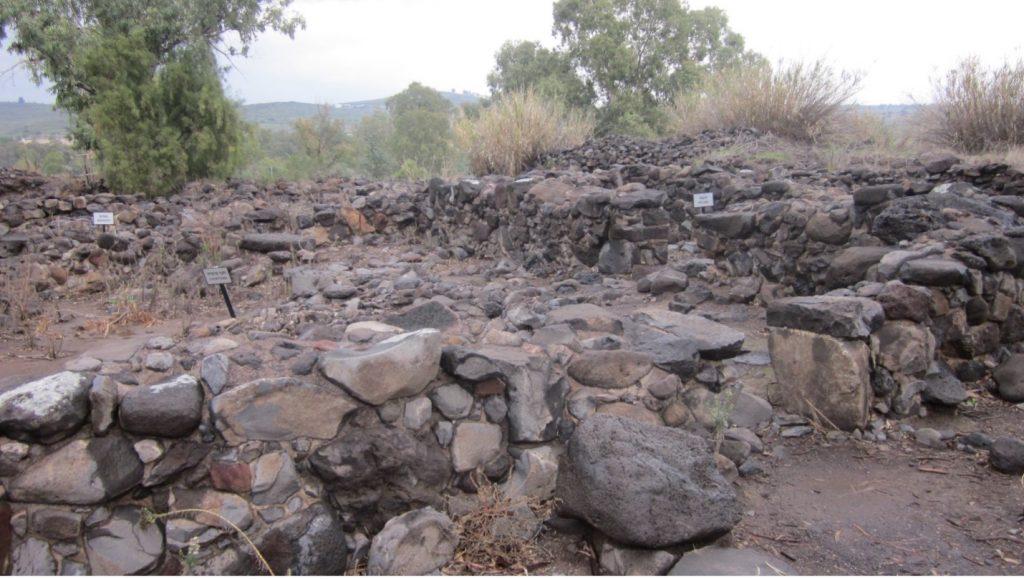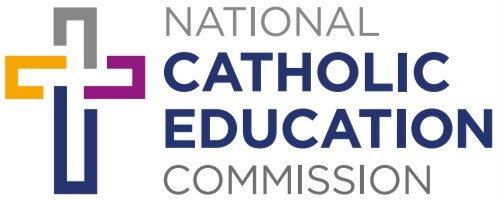Modern Israel is 353 times smaller than Australia. It would fit into Tasmania 3.3 times. The events of the gospels occur mainly within the area now defined as Israel and Palestine but at the time of Jesus a larger area was called Palestine extending east past the Jordan River. This incorporated Jewish Israel and an area inhabited by Gentiles.
Historical Context
Palestine became part of the Roman Empire when Jerusalem was conquered in 63 BCE. Palestine’s importance came from being situated between Egypt and Syria, both important sources of wealth for the Empire. Land trade routes ran through the area to the Middle East and as far as India. Territories in the east of the Roman Empire were either governed by ‘puppet’ Kings who were friends and allies of the Romans, or Roman governors. At the time of Jesus’ birth, King Herod was the ruler of all of Palestine maintaining loyalty and stability. On Herod’s death, the Romans divided his kingdom between his sons- Herod Archelaus who received Judaea, Idumaea and Samaria which was non-Jewish: Herod Antipas received Galilee and Peraea and Philip who received the Gentile areas (Decapolis) with some areas being assumed into the Syrian territories. The sons were given lesser titles (Ethnarch, Tetrarch).
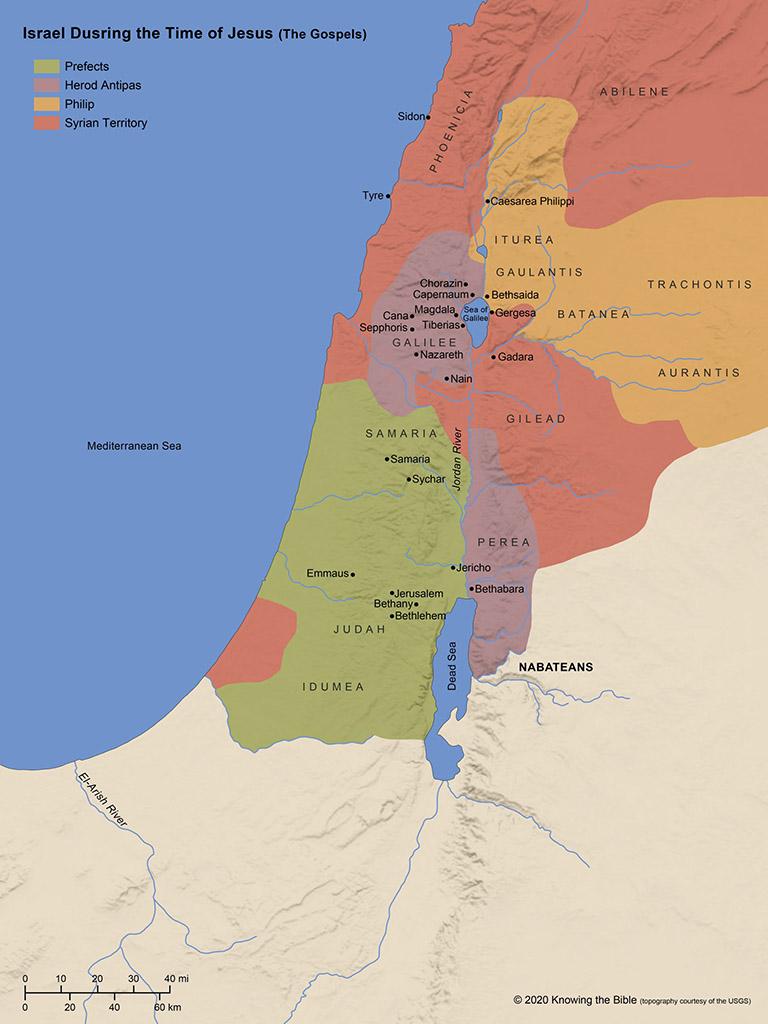
Caesar Augustus deposed Herod Archelaus in 6 CE and his lands became an ‘imperial province’, governed by a prefect. During Jesus’ public ministry, Pontius Pilate was the Roman prefect. The prefect relied on local leaders and the concept of Pax Romana. In Jerusalem the High Priest assisted by the Sanhedrin was responsible for the keeping the peace and collecting the taxes for Rome.
Geography
Israel is a Mediterranean country. Overall it experiences long, hot summers and short wet winters. However the topography of the area leads to some distinct climatic conditions in a relatively small area.
There is a coastal plain along the Mediterranean with the country having a spine of rough, rocky hills referred to as the Western Hills or Central Highlands. The highest hills are in the north with Mt Hermon (2,814m) having year round snow. The hills around Jerusalem and Bethlehem are referred to as the Judean Hills, this area can also have quite cold winters and experience snow.
There is a fault line that runs north/south that is part of the Great Rift Valley extending from Lebanon to eastern Africa. Situated in this low country is Lake Galilee (see below for alternate names), the Jordan River and the Dead Sea. The Jordan river is fed by the melting snow from Mt Hermon and the surrounding hills, it runs through Lake Galilee and on to the Dead Sea. Being situated in this depression, the Dead Sea is the lowest land-based place on Earth. The area around the Dead Sea and south of it is classified as desert.
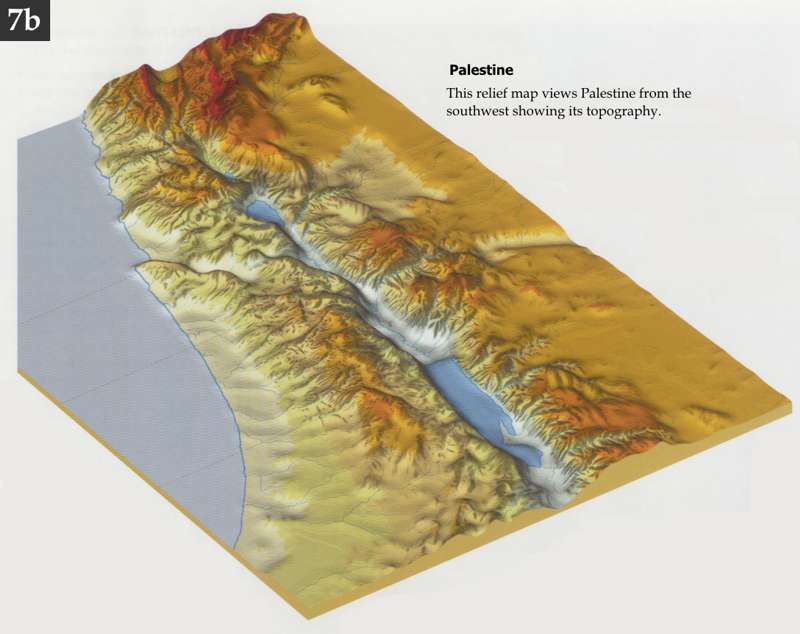

Specific places of Interest
In all four gospels Jesus’ ministry occurs mainly in the Galilee region, particularly in the area at the top or north of Lake Galilee around Capernaum, believed to be the hometown of Simon Peter.

Galilee– The region of Galilee had the reputation at the time of Jesus of being a place of dissent. To be called a ‘Galilean’ had the connotation of being a rebel or revolutionary. Part of this was economic protest at the high level of taxes on people who were dependent on subsistence farming and at the mercy of the weather and the seasons. The area is agricultural with relatively good rainfall because of the hills.
In the first century CE it is estimated that there were approximately 240 towns and villages in the region. The average village probably took up no more than one hectare and was often located on top of a hill or in a valley for protection. The best land was reserved for agriculture and each village would have a well in its centre. A town would be similar but had walls. Places with more than ten men would have had a synagogue which may have also been used as a school. Amongst the Jewish villages, there were some Roman towns.
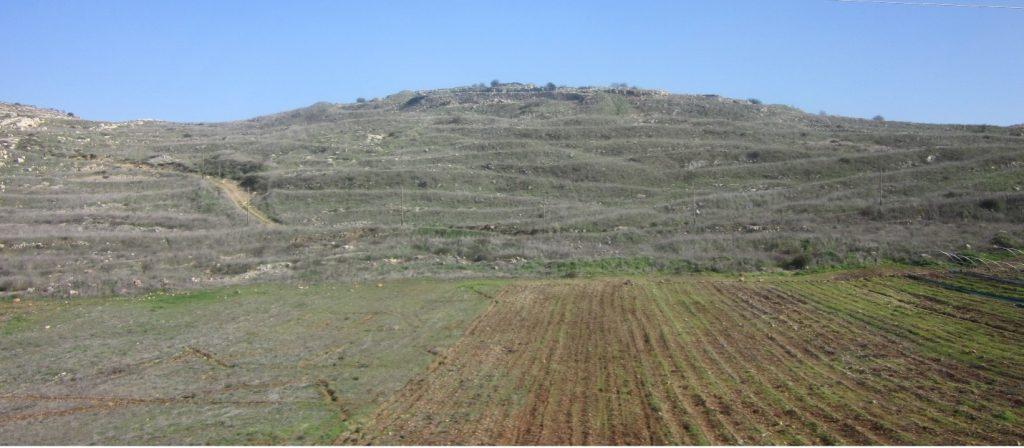
Lake Galilee– This body of water is 21 kms long, 11 km wide at its widest point and 43m deep. It is the lowest freshwater lake in the world with the River Jordan running through it. It has a variety of names- Sea of Galilee because of size, Lake Tiberias after the Roman Emperor, Lake Gennesaret [Luke 5: 1] (or Chinnereth in Hebrew) or Yam Kinneret meaning harp or heart shaped. It can be affected by sudden storms because it is surrounded by hills
At the time of Jesus, commercial fishing was highly developed on the lake and the historian Josephus reports that there were 250 boats. There were a number of villages along the lake and in the surrounding hills. The area to the east of the lake was a Gentile area (Decapolis). References in the gospels of going to ‘the other side’ of the lake (Mark 4: 35) indicate travel to this area.
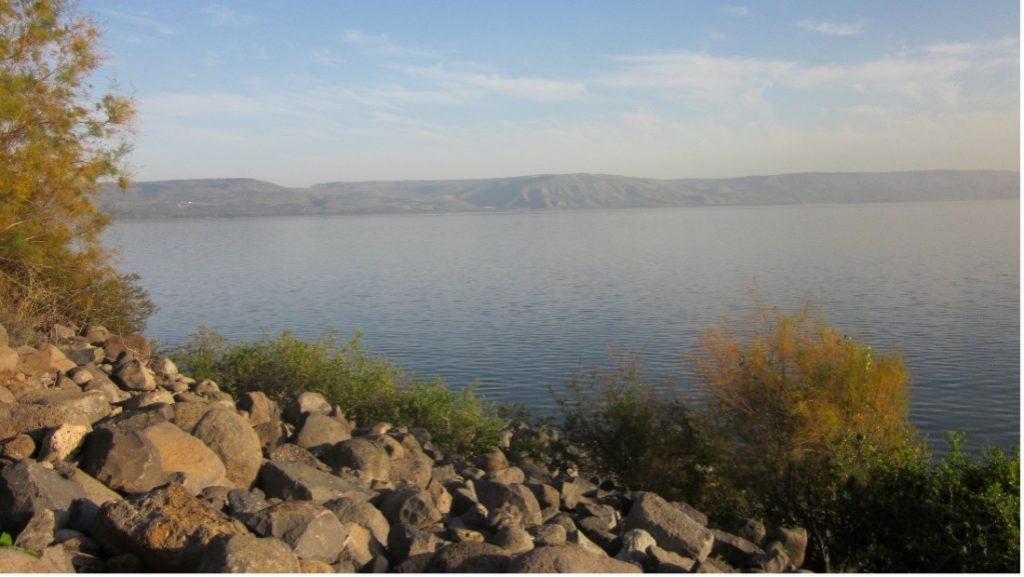
Capernaum- Capernaum was an important place in the ministry of Jesus and is mentioned in all four gospels. The gospel of Matthew has Jesus moving from Nazareth to Capernaum (Matthew 4: 13) and starting his preaching there. It was also where he chose his first disciples, the fisherman Simon (Peter), Andrew, James and John (Matthew 4: 18- 22) and performed miracles (e.g., Luke 5: 1-11, Matthew 8: 14-15, Mark 2:1-12, John 6: 22-59)
Capernaum was on the northern shore of Lake Galilee and on a major trade route between Damascus in Syria and the Roman port city of Caesarea Maritima. As a border town, taxes/tolls were collected there and along with fishing, there was agriculture in the hills and the making of food grinders and other food processing implements from the volcanic rock found in the area. Now it is a collection of archaeological ruins, featuring the remains of a second century synagogue, outlines of narrow streets and the remains of a house that has been memorialised for centuries as the household of Simon Peter.
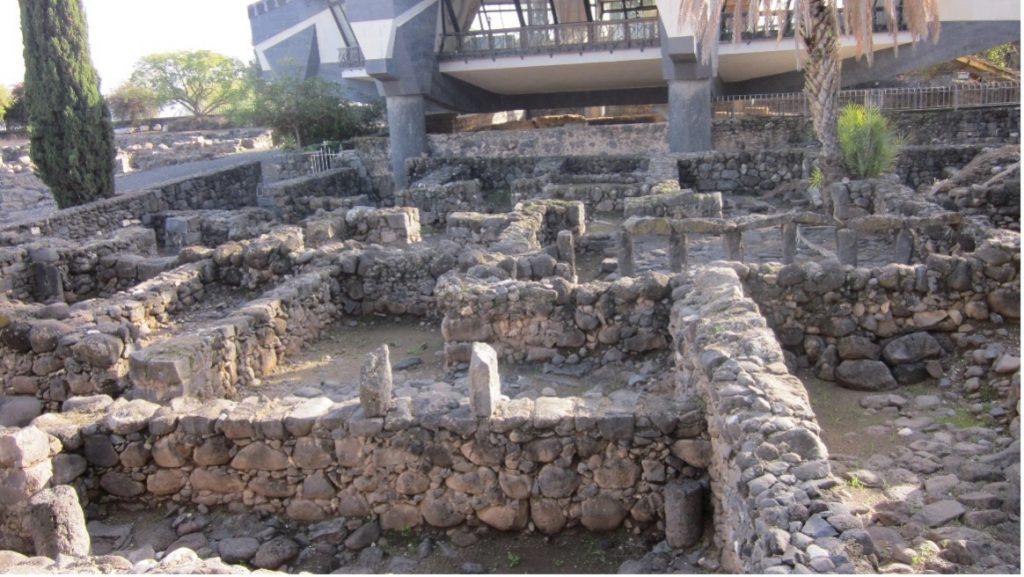
Nazareth- The town of Nazareth is situated in a valley with high hills all round. At the time of Jesus, it is believed that less than two hundred people lived there with many people being related to each other. The town only covered a small area, was built on porous rock and did not have a wall. There was one central source of water, a well fed by a spring. It was a humble town of Jewish inhabitants, but in close proximity to the Roman town of Sepphoris about 6kms northwest.
Nazareth is not mentioned in the Old Testament.
Sepphoris- After the death of Herod the Great in approximately 4 BCE, Sepphoris, which was an important administrative centre, was the site of an insurrection and was burnt down. It is possible that Joseph, Jesus and his brothers worked there during the rebuilding by Herod Antipas when it became know as ‘the jewel of the Galilee’ and had significant Greco-Roman architecture. There is no mention in the gospels of Jesus ministering in Sepphoris despite it being the significant city in the Galilee region.
Magdala, Bethsaida and Chorazin– Magdala, Bethsaida and Chorazin were towns close to or on the shores of Lake Galilee. Magdala was a fishing town and believed to be the home of Mary Magdalene (Mary of Magdala). Bethsaida and Chorazin are mentioned in the gospels. Bethsaida was the birthplace of Peter, Andrew and Philip (Mark 8: 22-26) and both towns, along with Capernaum, are admonished by Jesus for their lack of repentance (Matthew 11: 20-24).
